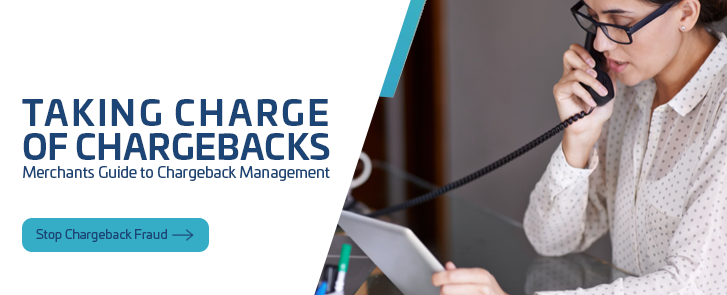Chargebacks are the bane of businesses, especially online merchants.
By 2026, a staggering $42 billion will be lost worldwide due to card fraud. With online payments becoming the norm, the majority of these losses are related to card-not-present (CNP) transactions. As more shoppers buy online, businesses must protect themselves from rising chargeback rates to secure their bottom line. As a merchant, you might want to challenge every chargeback. Unfortunately, they are not designed to favor businesses. There are ways to tilt the balance in your favor when
challenge a dispute.
What is a chargeback?
A chargeback happens when the bank nullifies an already completed transaction and returns the money to the buyer making the complaint.
Unlike refunds, buyers don’t need to return their purchases. Merchants also have zero control over the process. If the bank decides the chargeback is valid, the disputed transaction’s amount is removed from the merchant’s account and credited to the claimant. For customers, chargebacks are great since it protects them from scams and shady merchants. However, it’s not as advantageous for businesses.
This has led to fraudsters taking advantage of the system by using compromised credit card details to target businesses. When victims realize they’re being charged for purchases they didn’t make, they issue chargebacks which always end up costing businesses.
How does it affect your business?
Aside from losing the sale (and stock if it’s a physical product), businesses are responsible for all costs related to handling the chargeback.
E-commerce businesses suffer the most as losing disputes leaves a huge negative impact on already tight profit margins. In addition, if your business’ chargeback rates exceed the allowed threshold, you may be fined a hefty amount, have your merchant account suspended, or both.
The following are recommended steps to dispute chargebacks effectively.
1. Understand the chargeback process
Businesses often lose chargebacks because they are not well-informed about how they work, making it hard to put up strong defenses. The process is complex, but it’s worth learning about. The more knowledgeable you are about chargebacks, the higher your chances of winning cases (since you know what influences the bank’s final decision).
In short, when someone issues a dispute against you, the bank temporarily repays the issuer, then gives you a period of time to counter the dispute. The outcome depends heavily on the statements given by both parties. Therefore, it’s important to provide as much evidence as possible.
2. Have accurate and complete transaction records
You need to prove the order was fulfilled as agreed. This includes providing details such as:
- The receipt from the purchase. Both digital and physical receipts are acceptable
- Proof of delivery. Shipping confirmation emails, delivery receipts and the customer’s signature are good details to have on hand
- Billing/shipping addresses and AVS Being able to verify the buyer’s address with your payment solution’s AVS (Address Verification System) is an advantage
If you don’t have a system in place to capture transaction info, it’s time to invest in one, as every detail matters when settling a dispute.
3. Review the reason code
Chargebacks have specific codes to identify the reason for the dispute. You should understand the codes thoroughly in order to gather the correct evidence to prove that the order is valid.
Different credit card networks have their own distinct codes, but they are similar in terms of defining the reasons for chargebacks.
4. Draft a rebuttal letter
Once you’ve gathered your evidence, draft a letter explaining your side of the dispute. Usually, you have about a week (7-10 days) to provide a response. Hence, it’s important to gather the proof you need quickly.
Good rebuttal letters include the transaction details mentioned earlier as well as convincing evidence of the purchase being correctly fulfilled. Remember to keep your letter professional, succinct and straight to the point.
5. Take action and dispute the chargeback
Protecting yourself from chargebacks and minimizing disputes
Putting in the work to dispute chargebacks is one thing, but it can still drain your business’ fiscal and human resources. That said, the best way to beat chargebacks is to stop them from ever becoming a problem in the first place. Proper fraud protection detects and blocks fraudulent transactions before payments are processed, hence preventing chargebacks from being issued.
Following the steps mentioned above should leave you with a strong claim. Take note of how your bank accepts rebuttal letters and make sure you submit it before the appeal deadline.
Vesta guarantees your business 100% payment for accepted CNP transactions and zero liability for fraudulent chargebacks.
Our real-time, intelligent solution protects you from fraud without adding friction to the customer experience.
Discover how we can help your business eliminate chargebacks and increase revenue.
.png)
.png)
%20(1).png)
.jpg?width=555&name=woman-in-brown-coat-holding-a-bank-card-3784391%20(3).jpg)



